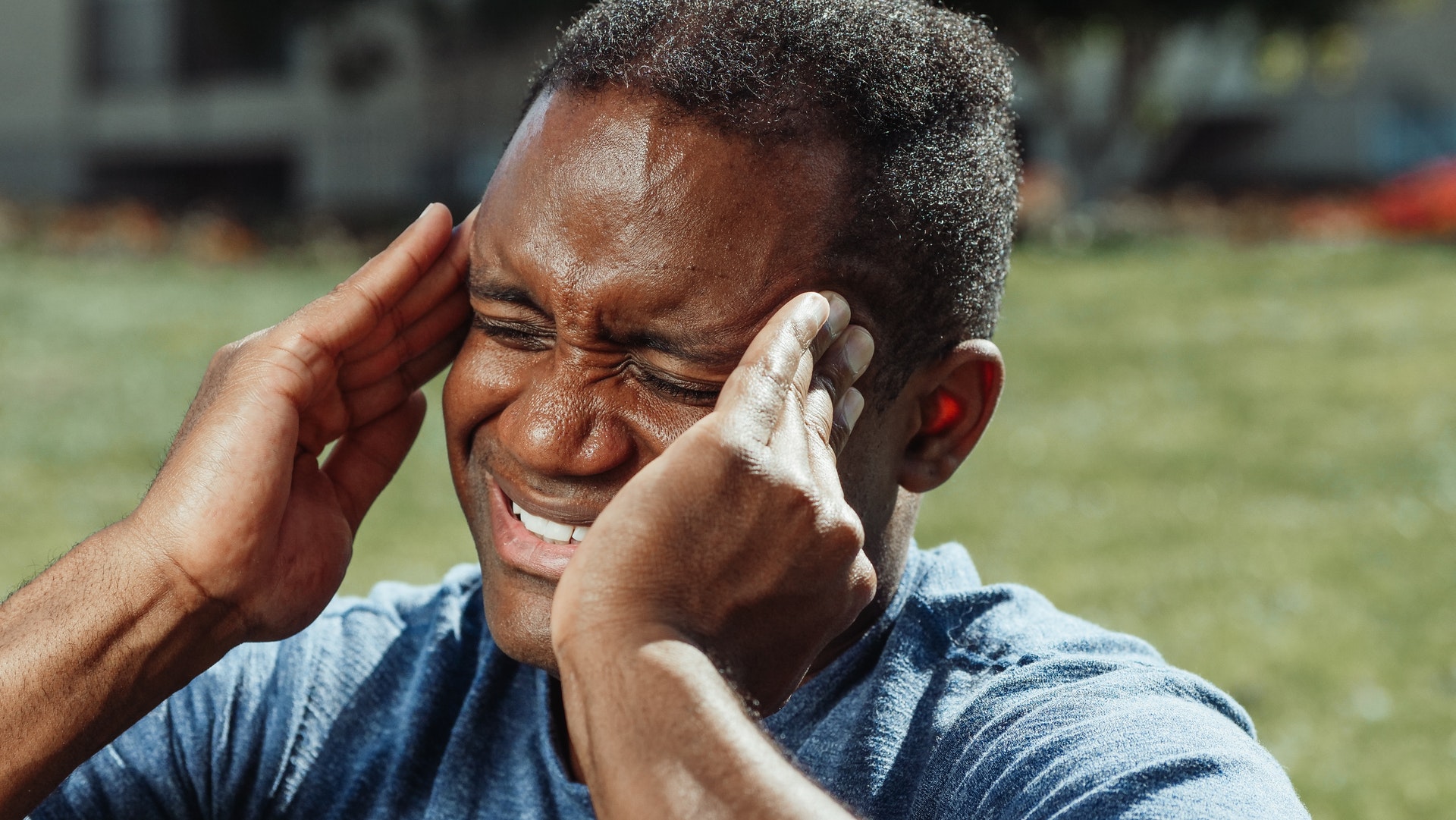POST CONCUSSION MANAGEMENT
What is a Concussion?
Concussions are mild traumatic brain injuries caused by bumps, jolts, or blows to the head. In this type of injury, the brain bounces around or twists in the skull due to the sudden movement. As a result, brain cells are stretched and damaged and chemical changes are brought about in the brain. Concussions can also result from a sudden jolt to the body if the impact causes the head to be forcefully jerked backwards, forwards, or to the side.
Usually a concussion isn’t life-threatening, so it’s classified as mild. A concussion, however, can cause serious effects that can last for days, weeks, or even months.
The post-concussion syndrome, or PCS, is marked by headaches and dizziness, which may last for weeks, months, or even a year following a concussion. Usually, concussions are caused by a blow to the head. However, they can also be caused by violent shaking and movement of the head or body. To get a concussion or post-concussion syndrome, you don’t have to lose consciousness. The severity of the initial injury doesn’t seem to affect the risk of post-concussion syndrome.
Symptoms usually occur within the first seven to 10 days and resolve within three months. The symptoms may persist for as long as a year.
It is possible to treat symptoms with medication, physiotherapy, and behavioral therapy, and provide individuals with the expectation that recovery can occur.
Usually a concussion isn’t life-threatening, so it’s classified as mild. A concussion, however, can cause serious effects that can last for days, weeks, or even months.
The post-concussion syndrome, or PCS, is marked by headaches and dizziness, which may last for weeks, months, or even a year following a concussion. Usually, concussions are caused by a blow to the head. However, they can also be caused by violent shaking and movement of the head or body. To get a concussion or post-concussion syndrome, you don’t have to lose consciousness. The severity of the initial injury doesn’t seem to affect the risk of post-concussion syndrome.
Symptoms usually occur within the first seven to 10 days and resolve within three months. The symptoms may persist for as long as a year.
It is possible to treat symptoms with medication, physiotherapy, and behavioral therapy, and provide individuals with the expectation that recovery can occur.
Signs and Symptoms
The following symptoms are common after a concussion:
- Having headaches
- Feeling dizzy
- Tiredness
- Vision that is blurry
- Sensitivity to noise and light
- Rarely, taste and smell decreases
- Irritability
- Feeling anxious
- Sleeplessness
- Concentration and memory loss
- Suffering from depression
- A ringing sensation in the ears

The symptoms of post-concussion headaches can differ, and can feel like tension headaches or migraines. In most cases, they are tension headaches. The symptoms may be related to a neck injury sustained at the same time as the head injury.

Concussion Symptoms: When Do They Appear?
Within minutes of the head blow, concussion symptoms usually develop. These symptoms may take several hours to appear. Days later, the symptoms may change; others may arise as a result of activities such as reading or running that stress the brain.
When should a person who has sustained a possible concussion seek treatment at the emergency room?
It is appropriate to send an athlete to the emergency room if they lose consciousness (for longer than a minute), have a neck injury, or present with symptoms like weakness or numbness that persist.

Prevention
Post-concussion syndrome can only be prevented by avoiding head injuries in the first place. There are a few things you can do to avoid sustaining head injuries despite the fact that you can’t plan for everything that could go wrong:
While driving, you should always wear your seatbelt, and make sure that your child is in an age-appropriate safety seat. Children under 13 should ride in the back seat, especially if your car has airbags.
Wear a helmet when riding a bicycle, roller-skating, in-line skating, ice-skating, skiing, snowboarding, playing football, batting or running bases in softball or baseball, skateboarding, or horseback riding. When riding a motorcycle, wear a helmet.
Install handrails, remove small area rugs, and improve lighting at home to prevent falls.
Direct Billing
We offer direct billing service. Please contact our office for more details.
Calgary’s most trusted Physiotherapy, Massage Therapy and Pelvic Health Clinic. We offer many services including physiotherapy, manual therapy, registered massage therapy, vestibular therapy,dry needling physiotherapy, custom foot orthotics, shockwave therapy and more. Our three locations are conveniently located in Country Village, McKnight Blvd, and Monterey Park.
Direct Billing
We offer direct billing service. Please contact our office for more details.
Our Locations
We have happy customers in
Coventry Hills | Country hills | Panorama | Harvest Hill | Hidden Creek | Livingston | Calgary
Copyright © 2023 Goodwill Physiotherapy . All Rights Reserved.
